How we increased ROI in Shopify stores: 7 strategies from practice

Intro
Increasing ROI is one of the top requests Shopify store owners ask us about. Someone has high traffic, but a low average check. Some people have high advertising costs, but poor conversion. In all these cases, ROI suffers — and without a clear performance measurement system, marketing becomes a guessing game.
ROI (Return on Investment)— this is an indicator of return on investment, which helps to understand how much profit each invested hryvnia or dollar brings. In short:
“Spending $1,000 — ROI will show how much you earned on top: $200 or −$200.”
We are in the agency Ecom-Xlaunched over 200 Shopify projects in the last 3 years, including fashion brands, cosmetics, interiors, handmade and digital products. In this article, I will share 7 strategies that Realisticallyincreased ROI in our cases — with numbers, examples and conclusions.
1. Product Page Optimization (CRO)
What they did:
- We audited the product page: found weak points — lack of emotional headline, weak visual hierarchy and lack of trust.
- Added blocks from social evidence(icons of delivery, warranty, certification).
- Added items urgentur(limited balance indicators, emphasis on fast delivery).
- Completely rewrote the title and description, focusing not only on the characteristics, but also on the emotional trigger.
- Visually highlighted the main advantages of the product: for example, repeated UTP under the button.
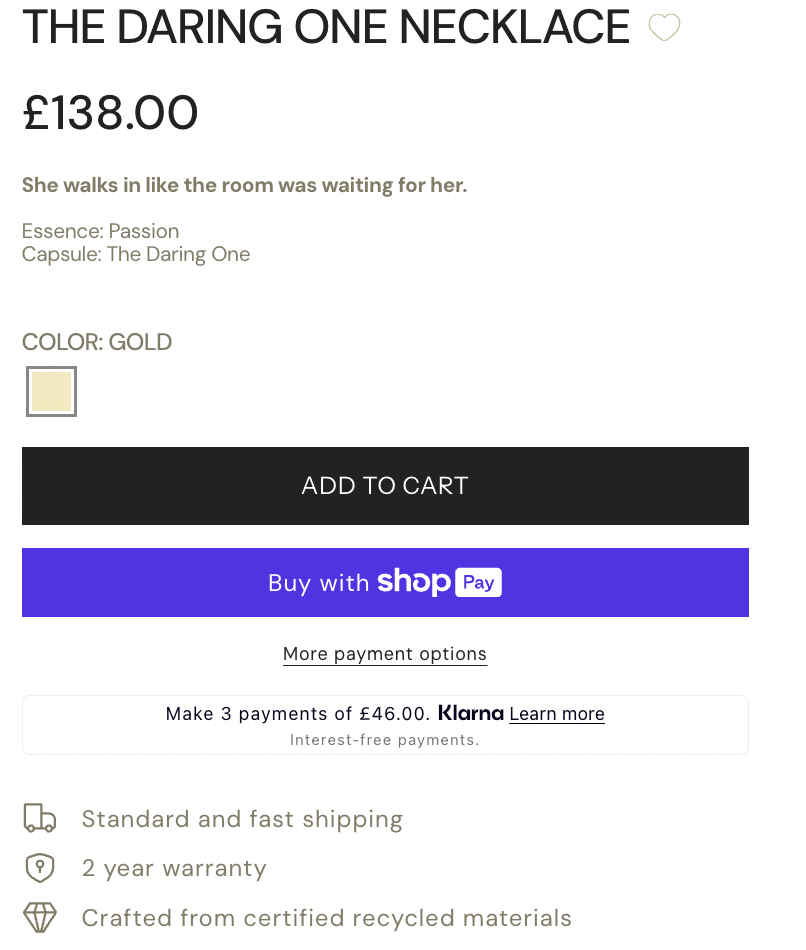
Case:
In the project for the jewelry brand, we conducted A/B testing of the new product card. Conversion (CR) increased from 1.4% to 2.6%no change in traffic sources. At the same cost of attracting a client Advertising ROI increased by 87%. This allowed to increase turnover without additional marketing costs.
Conclusion:
Often the product page is an underrated source of growth. This is where the fate of ROI is decided.
2. Splitting traffic into warm and cold + different landing pages
What they did:
- Made separate landing pages for new users and remarketing.
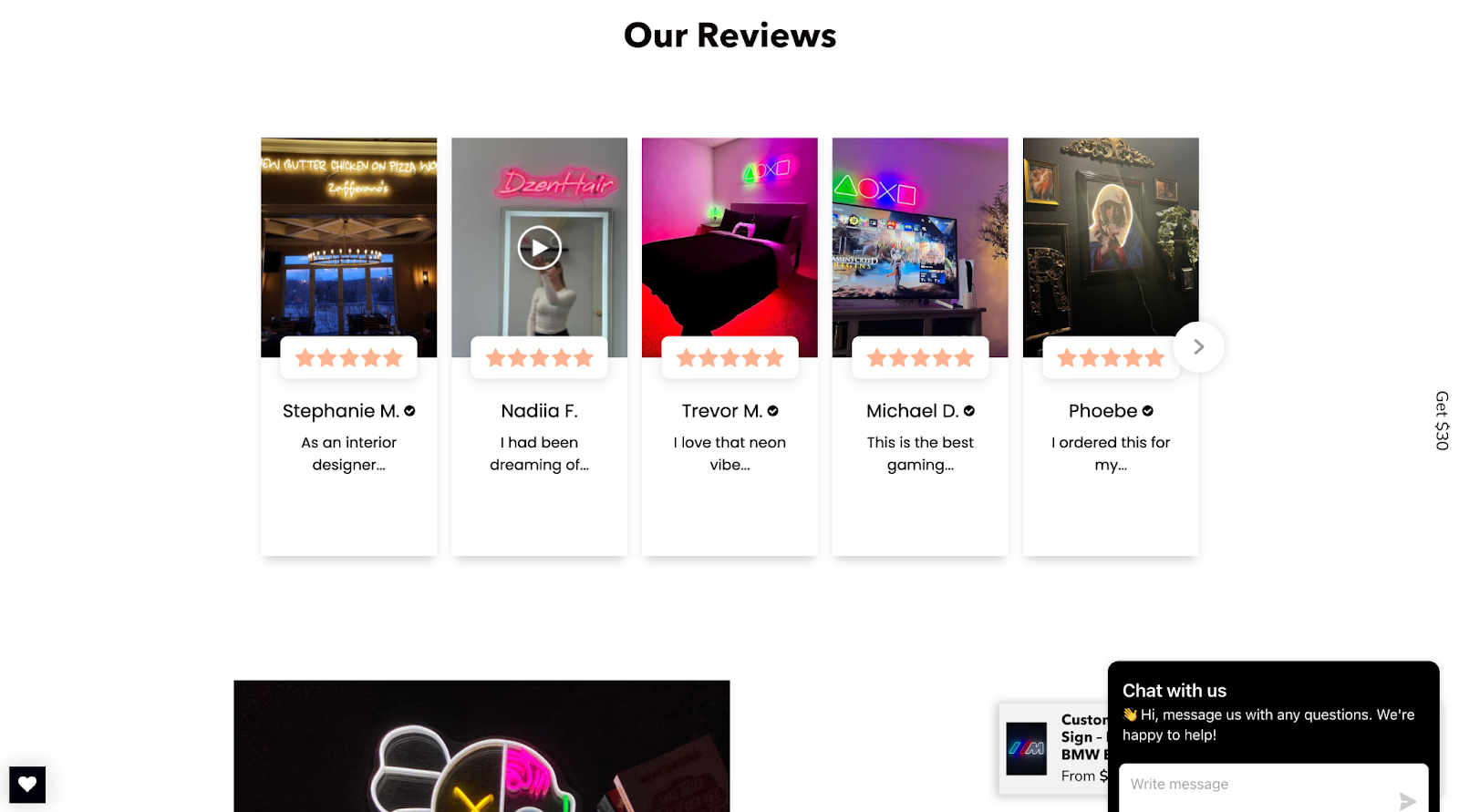
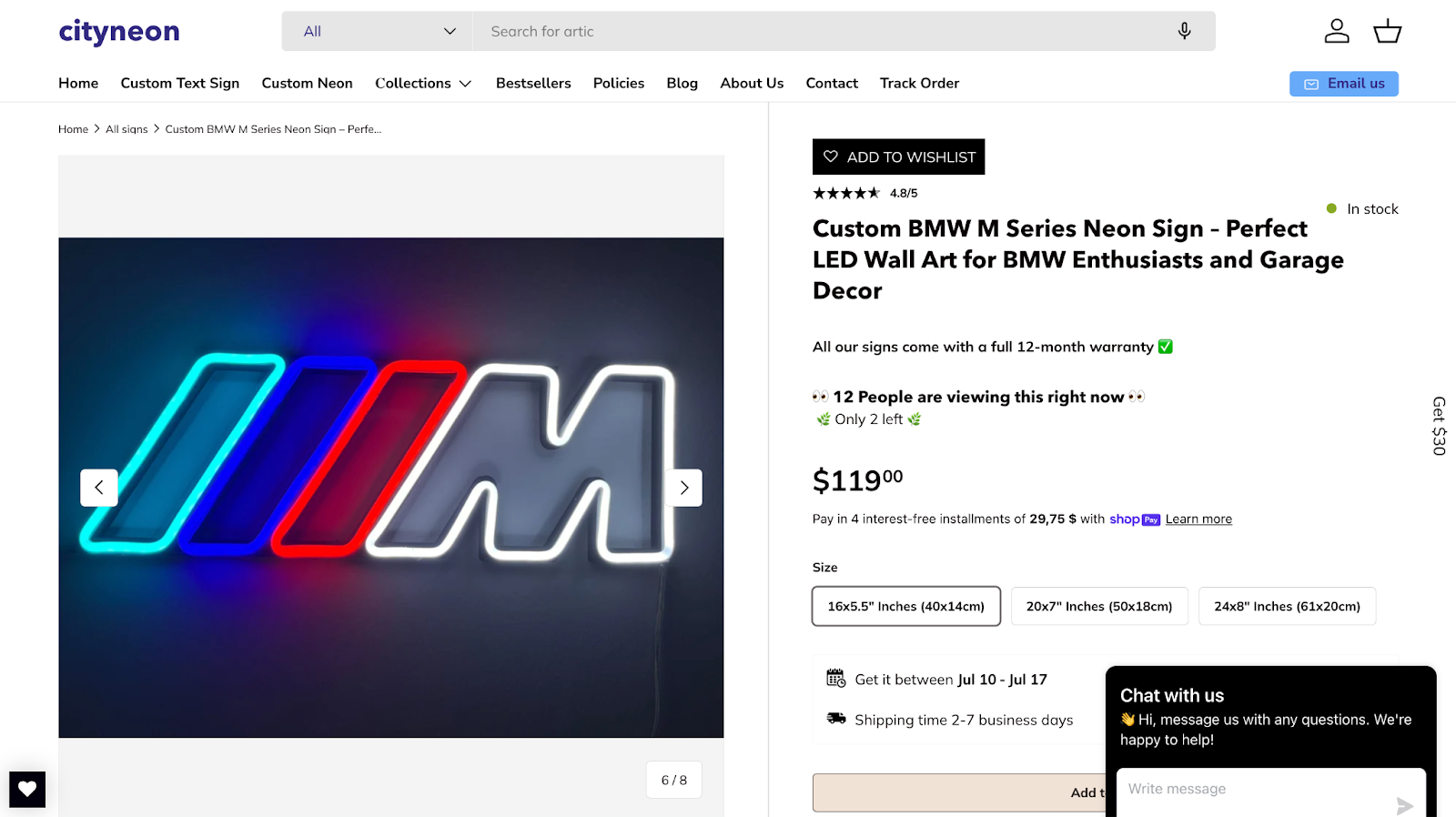
Case:
Handmade goods store. In cold traffic CR = 0.9%, in warm traffic — 2.5%. The total ROI of campaigns has grown from 130% to 240%.
Conclusion:
Universal landing “for everyone” is a waste of money.
3. Adding upsell and cross-sell logic
What they did:
- Analyzed customer behavior: more than 30% of users viewed several similar products, but only bought one.
- Based on this, they added blocks with additional offerson the product page (“You may also like”) and after purchase— on the thank you page and in the follow-up email.
- Proposals were hand-picked based on product category, price range and real interaction in analytics.
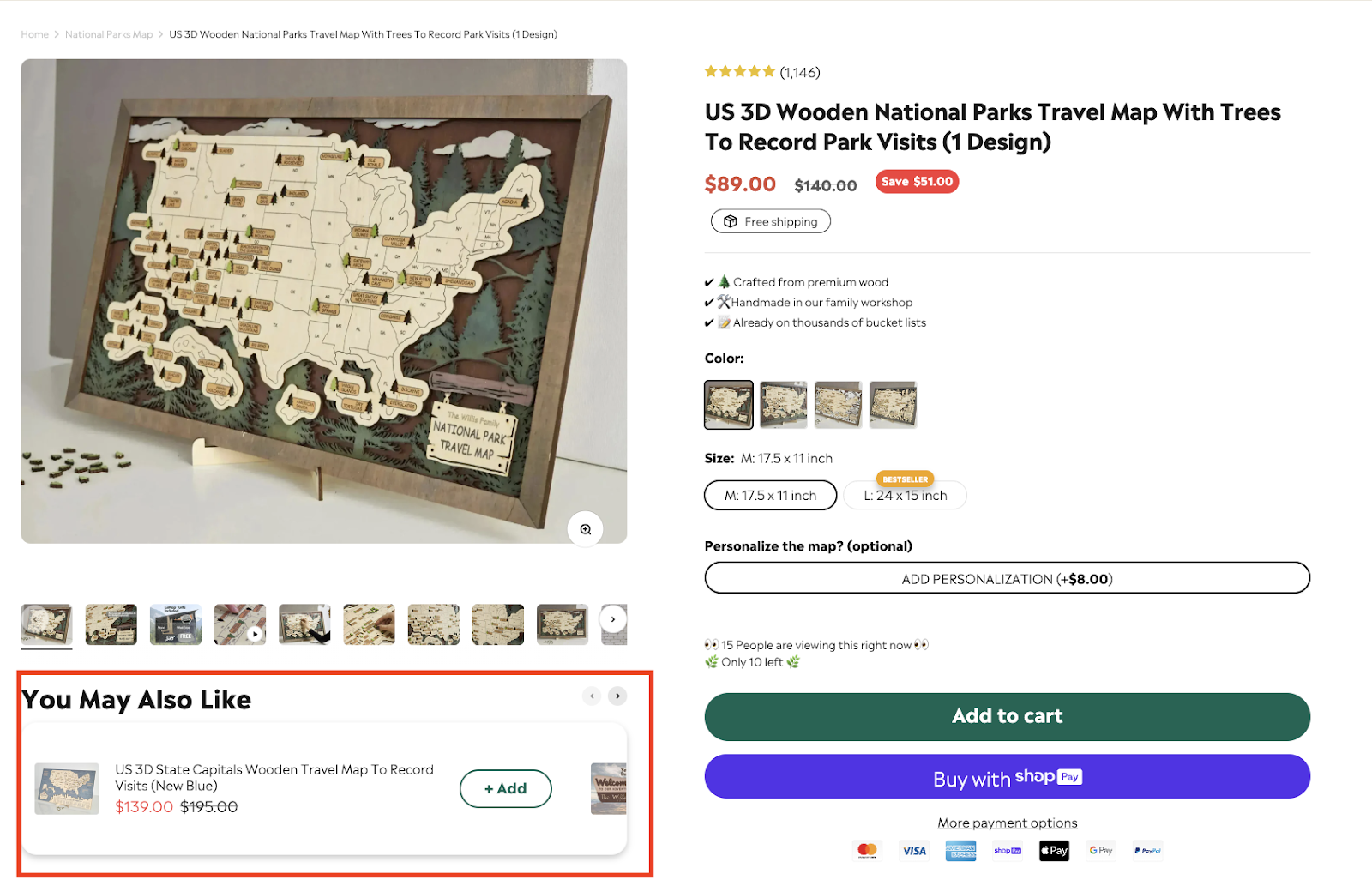
Case:
After implementing the logic of cross-selling average check increased by 20%, because users began to buy additional products more often.
At the same time Customer Engagement Cost (CPA) remained the same, so ROI of advertising campaigns increased by 40%. Conditionally, for the same expenses, the store began to earn significantly more.
4. Email marketing as a basis for repeat sales
What they did:
- Launched welcome series, remainders, post-purchase series, promotional mailings.

Case:
Cosmetics brand. Email began to be generated 22%total income. ROI on the email channel — more than 1000%.
5. SEO base for lowering CAC
What they did:
- Optimized texts, structure of collections, description of goods, prescribed meta-data.
Case:
Home Goods Store. After 3 months — +60% of organic traffic, and from it the CR was 1.5 times higher than the paid one. ROI of SEO work — ~ 300%.
6. Optimization of the user path: home → catalog → product
What they did:
- Rebuilt the structure of the store: fewer clicks, a clear focus on the CTA.
Case:
Digital-products. Users began to reach the target action faster. CR is up 0.8%. Advertising ROI increased by 32%.
7. Integration of UGC content on the site
What they did:
- Added videos and photos from customers on the homepage
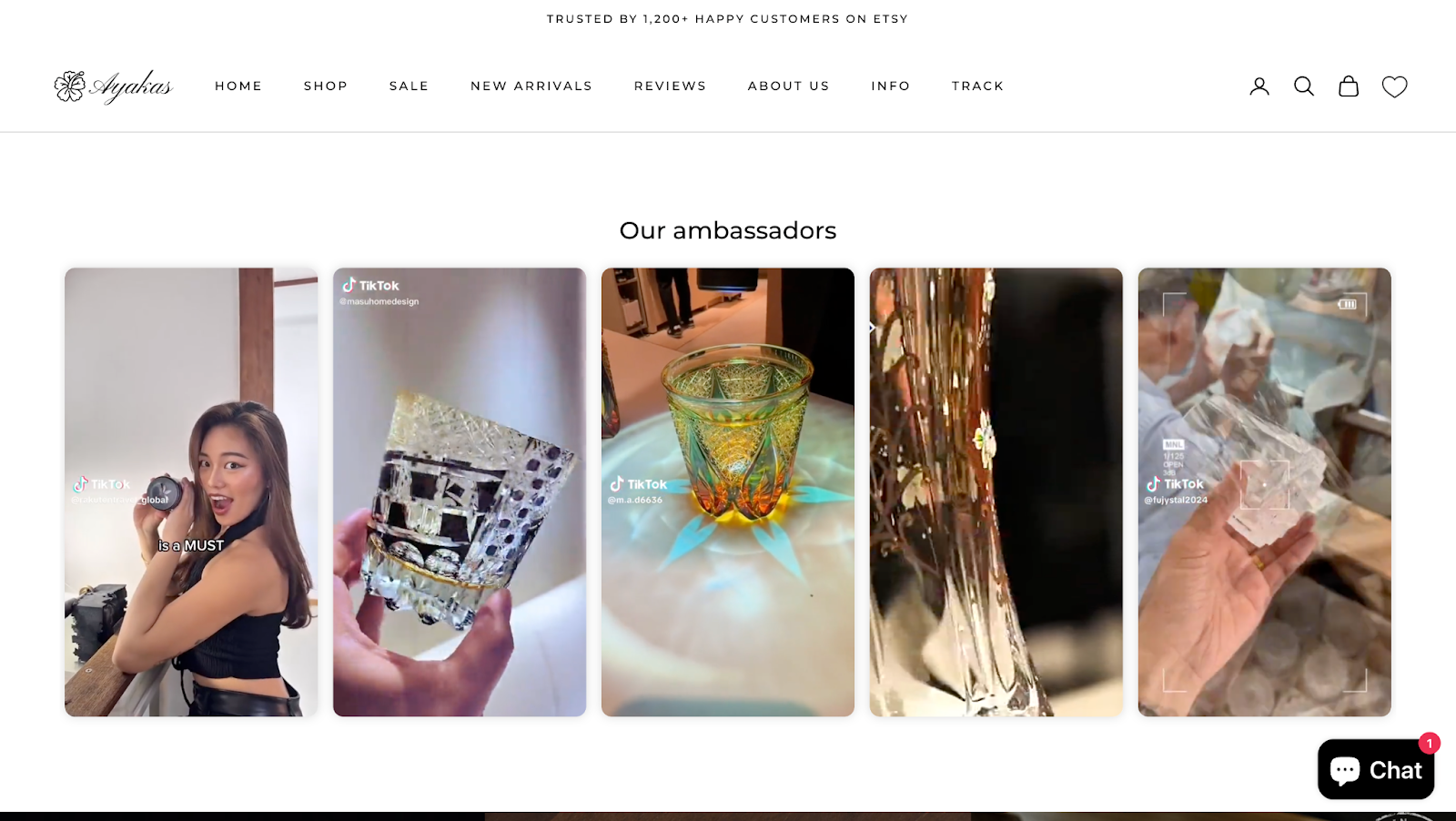
Case:
A brand of Japanese cookware. The percentage of transition from the main page to the category page increased by 25%, due to the addition of blocks with customer reviews, the production gallery.
Conclusion
Increasing ROI is not about one magic tool or one-size-fits-all strategy. This comprehensive work at the intersection of analytics, UX, marketing and contentthat starts with a deep understanding of the user path.
In our projects, the greatest impact was not those solutions that required large budgets, but those that were Competently designed and supported by data. Most often, ROI increases not from reducing costs, but from:
- Optimization of the store structure, which shortens the path to purchase;
- Conversion improvementsat each stage of the funnel;
- Increase LTV through email and repeat sales.
From practice, even 1—2 strategic changes can multiply ROI by 2—3 timesif they are based on real analysis of buyer behavior rather than guesswork.
In 2025, competition in the Shopify market is only growing. Therefore, anyone who knows how to not only generate traffic, but also effectively turn it into profit, receives a tangible advantage. ROI is not just a metric. It is a mirror of the maturity of your eCommerce business.
%20(2).png)
Нд, Сб (Вихідний)
.png)



.svg)


